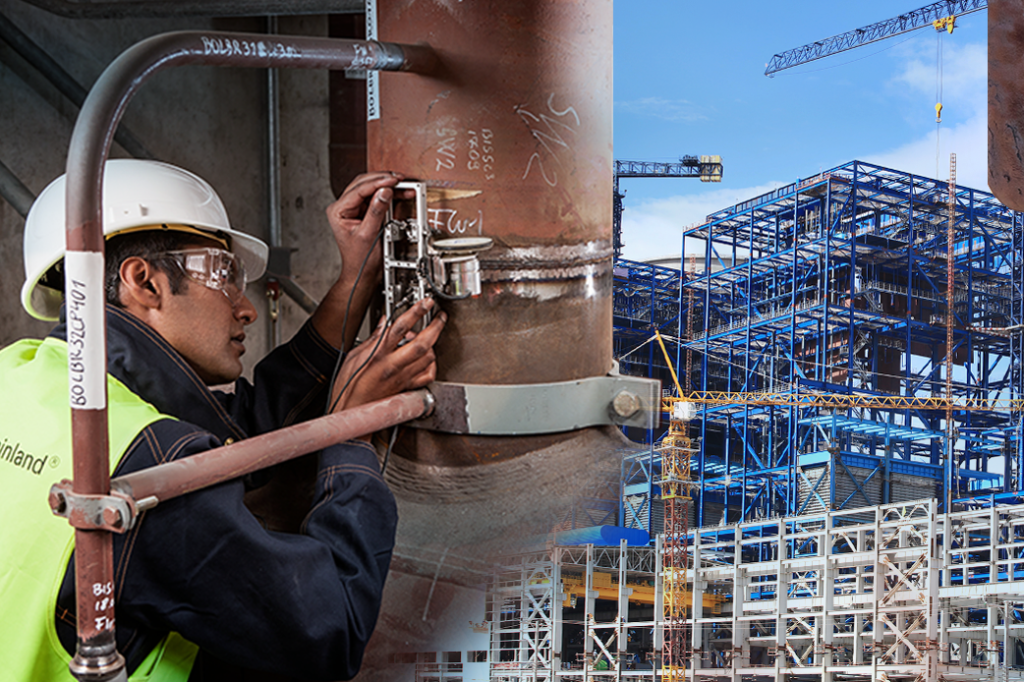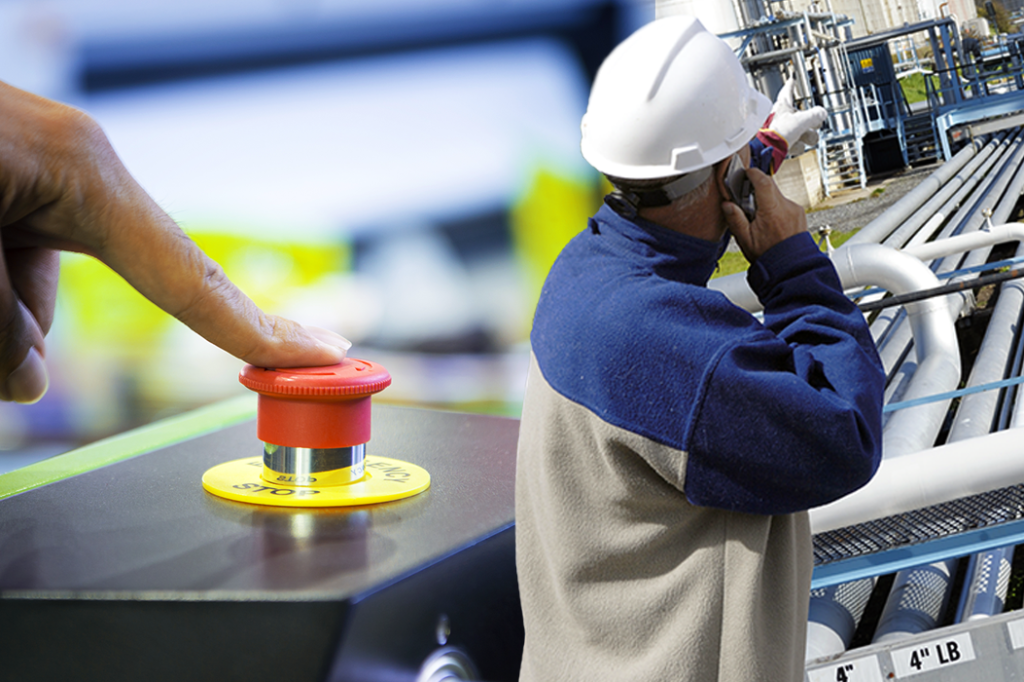Reduce shutdown scope and frequency and mitigate risks of unplanned shutdowns and accidents
Continuous uninterrupted production can be achieved by using specialist on-stream Non Intrusive Inspection (NII) solutions. This means that asset operators do not need to shut down their facilities in order to inspect the material´s properties of critical equipment.
Especially in the petrochemical, process, gas and conventional power industry the periodical assessment of industrial assets is necessary. Critical equipment (like transport pipelines and pressure equipment) can be dangerous due to possibility of burning or explosion with subsequent risks to people and the environment. With increasing age of the industrial assets and pressure systems, they can deteriorate faster due to corrosion and process reactions. Major defects can occur, which may cause unplanned shutdowns with long plant downtimes, and lead to severe safety, health and environment risks. To prevent these risks, frequent inspection of critical equipment is recommended.
Challenge: Finding and assessing defects on-stream
The assessment of service damage is not defined in the NDT codes and standards. However, our skilled NDT experts can provide the right inspection methods based on your individual use case, so that discontinuities and in-service defects in the components can be detected at an early stage and without unnecessary interruption of your production activities. The accurate flaw detection allows you to repair or replace defective materials before major damages occur.
Overcome specific challenges during continuous plant operation
As an asset owner or operator you face specific key challenges when aiming to minimize interruptions and stoppages of your continuous production:
- Uncontrolled risks: Unplanned shutdowns can be the result of uncontrolled or poorly managed risks (e.g.
accidents like oil leakage, explosion hazard). - Safety risks while working on operating facilities: There are risks to consider when inspecting the facilities
on-stream. Inspectors, operators and other involved
personnel are exposed to safety risks while working at
operating facilities. - Environmental pollution and sustainability: In addition to the safety risks, product removal and cleaning
activities of the plants are time-intensive and can lead to high environmental pollution like oil contamination and chemical waste.
- Unplanned shutdowns with long downtimes: Unplanned shutdowns caused by undetected defects lead to high costs due to loss of production time and emergency repairs. In the case of an unplanned shutdown, the asset owner first has to establish the cause of the defect in order to fix it, which can be a lengthy process. Breakdown of critical equipment with long delivery terms may result in the plant to be inoperational for a long period.
- Preparation for planned shutdowns and repairs: In contrast to unplanned shutdowns, asset operators can also stop the production on purpose in order to perform in-service inspections. Managing turnaround activities is much more difficult without detailed planning based on accurate pre-turnaround information. Without the latest inspection data it is difficult to have accurate assessment of the inspection and maintenance scope, and consequently the duration of planned shutdowns can take much longer. For equipment where repairs are expected, on-stream Non-Intrusive Inspections (NII) allow the inspection to be performed before the plant’s shutdown to confirm the scope of required repairs and maintenance.
- Aging and heavily-used plants are more prone to defects: Especially components, which are exposed to extreme conditions (e.g. welding work, heat treatment or climate conditions) are more likely to develop flaws. Without periodical advanced NDT inspections the asset owner cannot accurately assess the condition of the components and prevent unplanned shutdowns. Thorough inspection of the critical equipment is also required to perform accurate Life Time Assessment (LTA).
- Mechanical activities: Mechanical activities like welding and heat treatment could create additional risks and problems for vessel and pressure equipment.
- Full production capacities: Knowing the up-to-date condition of the plant is necessary to decide to what extent the full production capacities can be utilised. Only when the asset owner knows about the condition of the facility, the production can be increased without prejudice to safety.
We help you to reduce the scope of scheduled turnarounds and to minimize the HSE risks, especially during the Life Time Extension of your critical equipment. We offer a broad portfolio of on-stream Non-Intrusive Advanced NDT methods to overcome these key challenges and to reach your individual goals.
Our advanced NDT methods: Increase reliability of your equipment with our accurate on-stream inspections
Depending on the expected degradation, geometry, thickness and material type we offer advanced NDT methods tailored to your needs. Take a look at the different applications and our full range of Non Intrusive Inspection techniques:
/tuv-rheinland-corrosion-mapping_core_1_x.jpg)
NDT methods for on-stream corrosion detection
Corrosion can be present in many different forms like general wall thinning, or a small local attack such as pitting, or a crack-like attack on grain boundaries, or Corrosion Under Insulation. Knowledge of the expected damage pattern is important for the selection of the technique to be applied. General thinning reduction requires methods other than preferential attack of welds.
We provide high temperature testing for detecting and monitoring corrosion and other defects. Therefore, we have developed a set of “standard” procedures for temperatures up to 250° C.
The below techniques can be used on-stream to detect corrosion and determine its extent.
- Corrosion Mapping with SeeScan up to 325°C: Thickness measurement results are presented in an easy-to-understand topographical colour map.
- Phased Array (PA) up to 425°C: High resolution method for better probability of detection.
- Time of Flight Diffraction (ToFD) up to 485°C: Accurately detect and size corrosion for accurate monitoring.
- Ultrasonic Testing (UT) spot checking up to 425°C: Determine the thickness of spots normally used when only general corrosion is expected.
- Long Range Ultrasonic Testing (LRUT) / Guided Wave up to 350°C: Detect corrosion and erosion under insulation.
- Pulsed Eddy Current (PEC) up to 300 °C: Assess the condition of low carbon steel components by penetrating through insulation and coating layers that are not magnetic and do not conduct electricity (i.e. without removal of insulation or coating).
- Radiographic Testing (RT) Digital: Determine thickness by creating a digital profile using a radiation sensitive plate to transfer the data to a computer system.
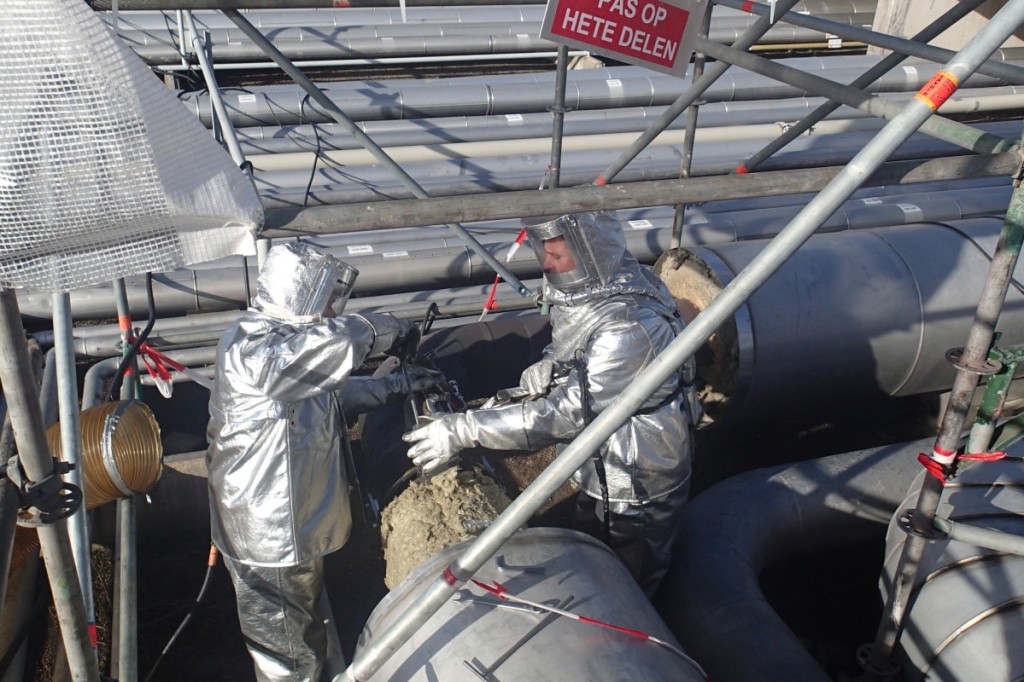
NDT methods for local crack and leakage detection on-stream
Cracks or other local attack can lead to leakage or even collapsing. If crack like flaws are expected, manual on-stream Ultrasonic Testing (UT), Time of Flight Diffraction (ToFD) or Phased Array (PA) are the appropriate techniques to be used. In contradiction to routine ultrasonic examination of butt welds, in service flaws are difficult to detect due to their complicated flaw and difficult geometry and sometimes restricted access to inspection surfaces.
Acoustic emission testing provides early warnings and detects active corrosion cracking at an early stage. Signals from leakages might be detectable even when cracks have not been noted yet, however the equipment geometry and process can significantly influence the results.
We provide the following methods to detect possible material cracks on-stream:
- Manual Ultrasonic Testing (UT) up to 425°C: The most conventional method for easy detectable defects.
- Phased Array (PA) weld examination up to 425°C: Detect small flaws, identify and monitor potentially harmful degradation.
- Time of Flight Diffraction (TOFD) weld examination up to 485°C: Accurately detect and size flaws and cracks for monitoring purposes.
- Acoustic emission testing up to 400°C: Detect growing metal deformations, cracks, defects and active corrosion at an early stage.
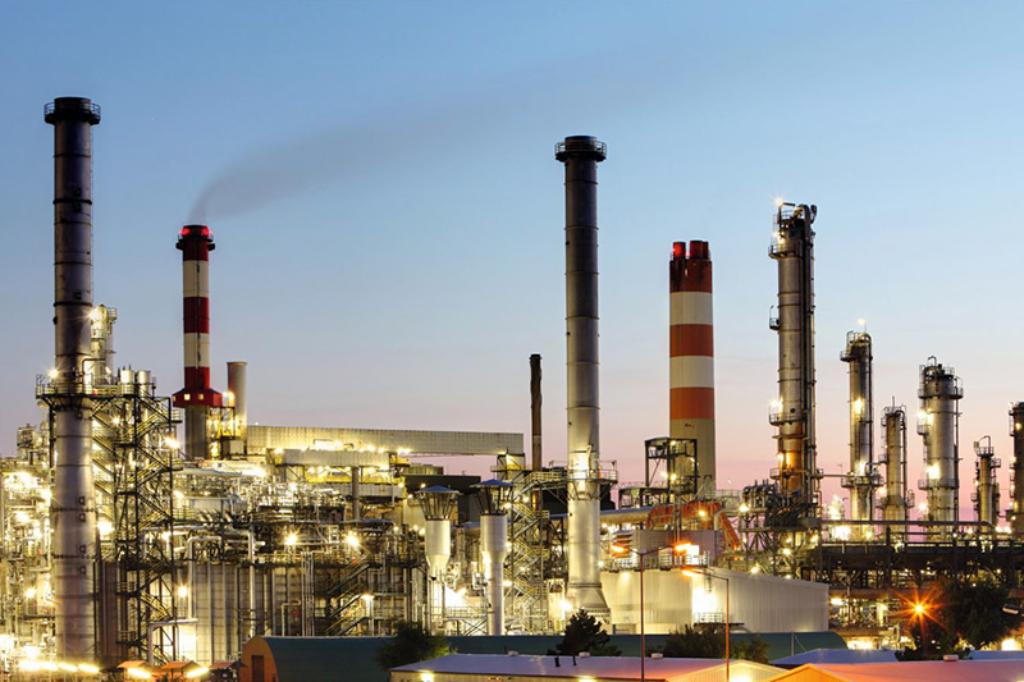
Remote condition monitoring
By gathering and evaluating the relevant up-to-date mechanical integrity data, the status of the whole equipment or a single component can be continuously monitored and a statement about their functional capability can be made. Our experts apply the latest sensor technologies to perform remote continuous condition monitoring of industrial assets.
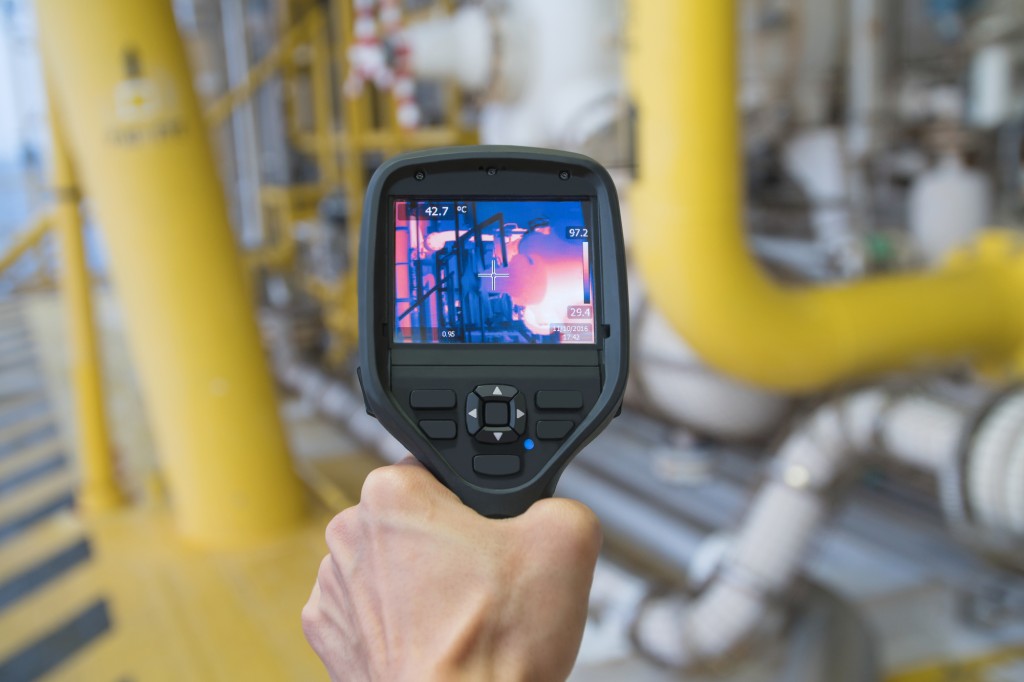
NDT methods for heat distribution
The heat distribution on the surface of the component can be observed with an infrared camera in order to detect anomalies (e.g. for hot spots, leakage, wall thinning, blockage). We provide the following ANDT method:
- Thermographic inspection heat distribution
Inspection optimization: Increase your plant reliability by optimizing your inspections

TÜV Rheinland offers optimization services for inspections aimed at enhancing plant reliability and efficiency resulting in the reduction of downtime and unplanned shutdowns.
Tailor-made solutions such as non-intrusive inspections (NII), risk-based inspections (RBI) and Extended Lifetime / Fitness for Service programs target specific damage mechanisms and reduce maintenance costs.
The focus is on using advanced techniques to maintain and ensure plant integrity during operation. With a global network of experts, TÜV Rheinland develops customized strategies to improve the operational safety and viability of your industrial plants.
Contact



